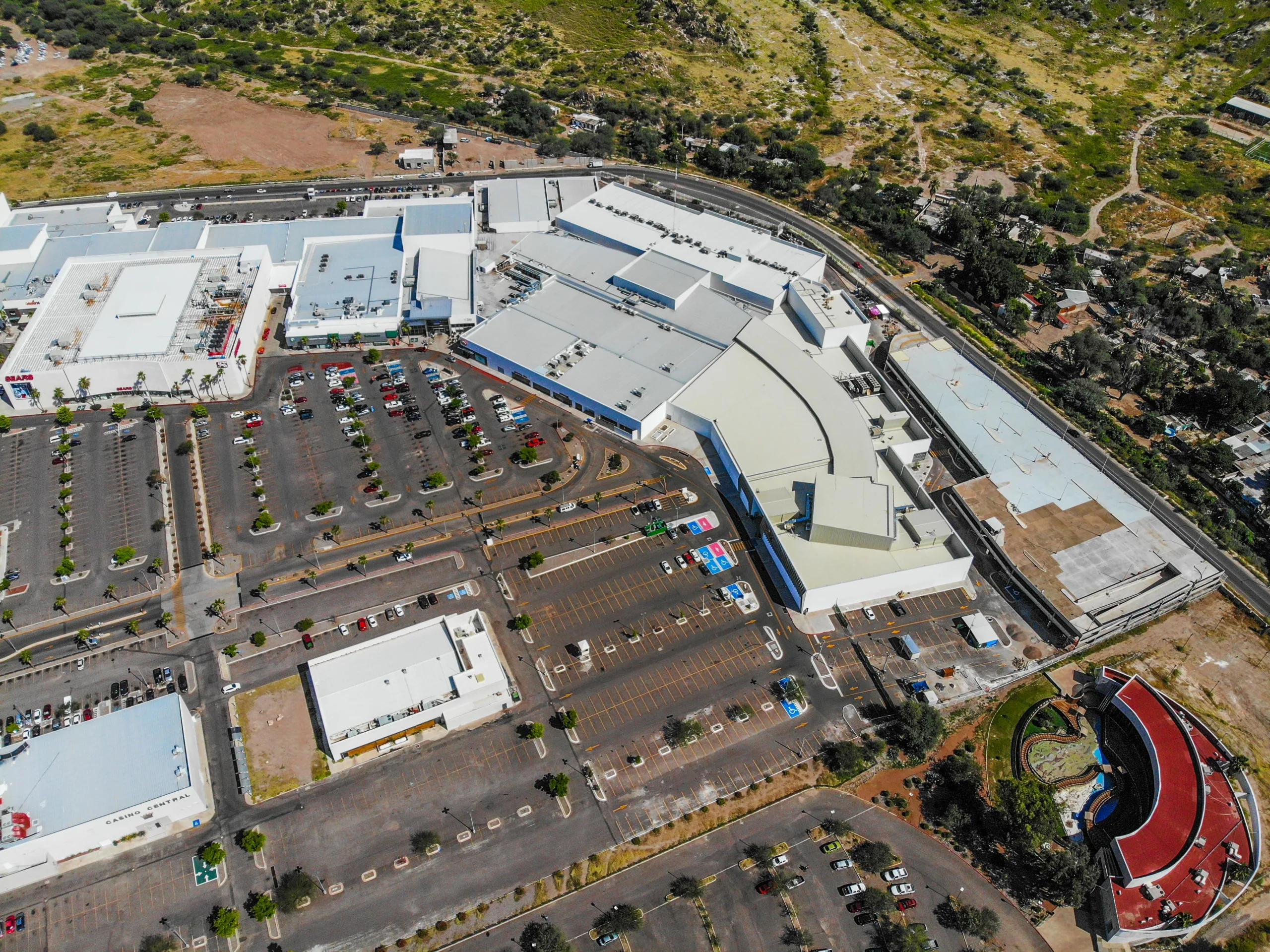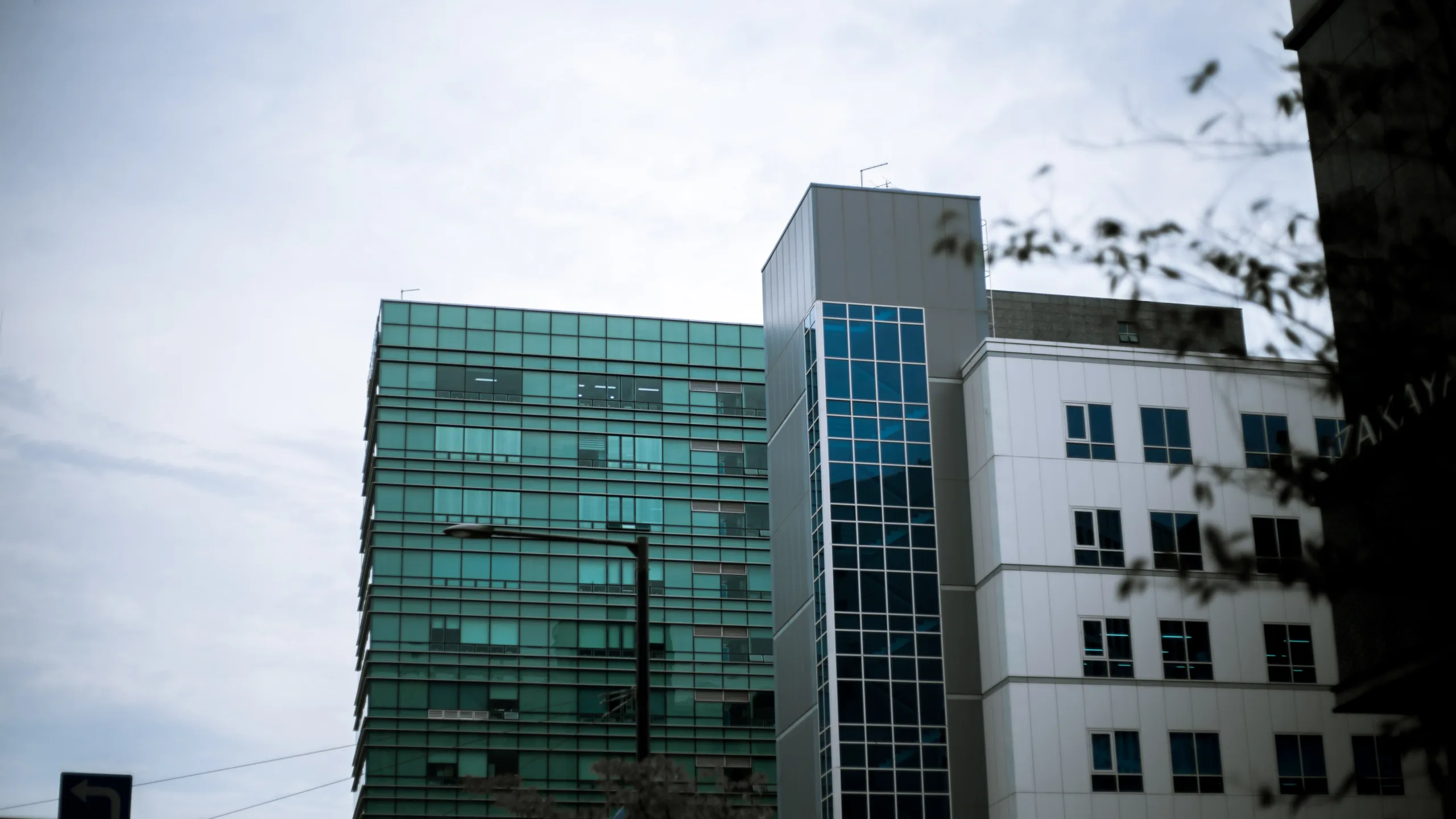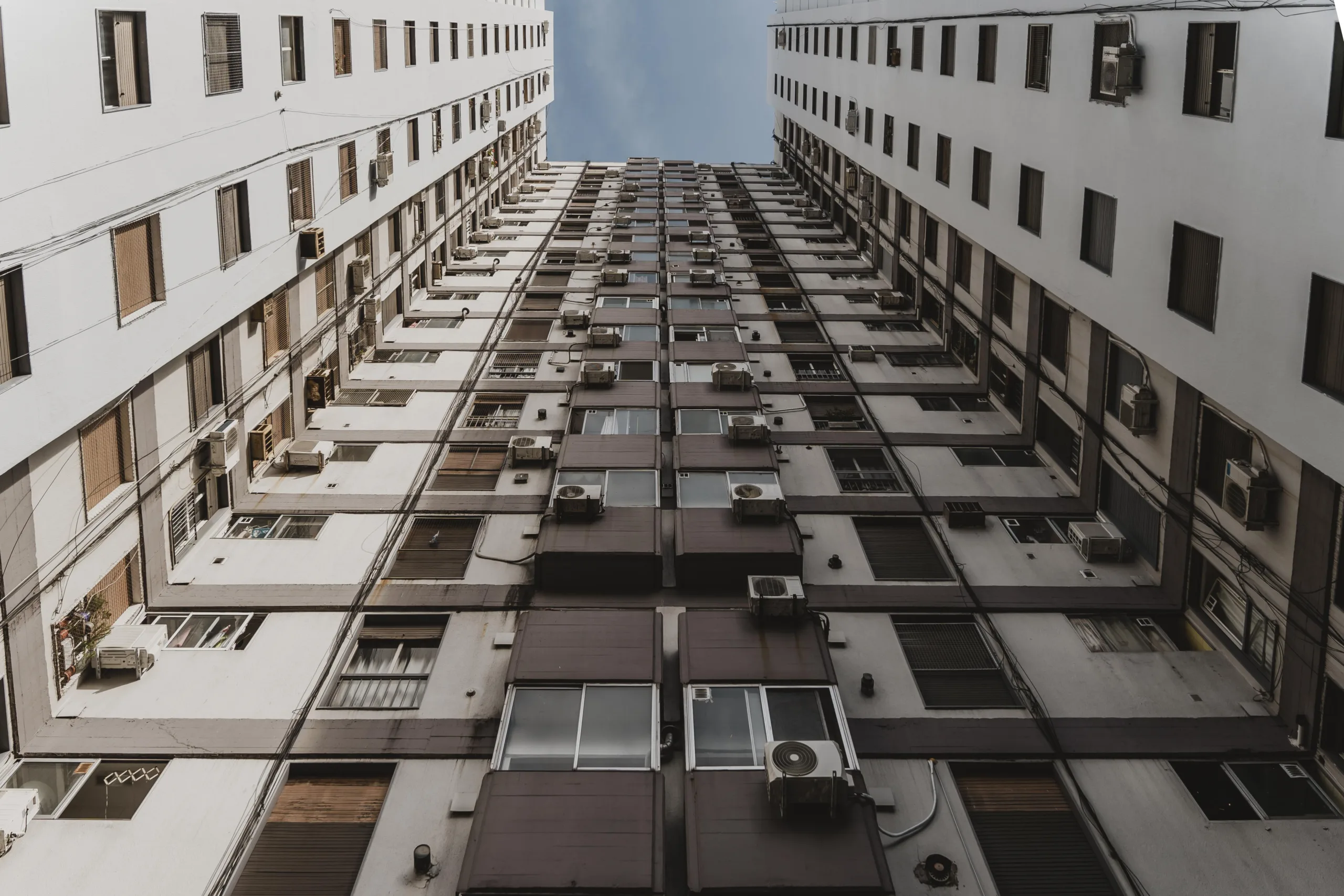- AI companies are expected to lease up to 16M SF of office space in San Francisco by 2030, equivalent to 2.7M SF annually.
- The sector has received $103B in venture capital funding since 2020, fueling hiring and demand for office space.
- While parallels are being drawn to past tech booms, CBRE anticipates more conservative leasing due to AI-driven workforce efficiencies and remote work trends.
A New Hope For SF’s Office Market
Artificial intelligence firms may be the key to reversing San Francisco’s historically high office vacancy rates, reports GlobeSt. The report outlines that AI companies have already leased over 5M SF over the past five years—and they’re projected to lease an additional 16M SF by the end of this decade.
A Familiar Playbook
CBRE compares this emerging AI boom to past tech surges. The dot-com era (1995–2001) and mobile-app expansion (2008–2019) drove massive office demand, leading to vacancy rates as low as 1% and 4%, respectively. But as both booms ended, they left a glut of office space behind. With current vacancy at a record 35.8% in Q1 2025, the stakes are high.
Get Smarter about what matters in CRE
Stay ahead of trends in commercial real estate with CRE Daily – the free newsletter delivering everything you need to start your day in just 5-minutes
VC Money Fuels Growth
Venture capital continues to pour into San Francisco’s AI sector. Since 2020, AI startups have secured $103B in funding—surpassing the combined VC total of both previous tech waves. Of the $239B raised by AI companies nationwide from Q1 2020 to Q1 2025, nearly half went to San Francisco.
A Cautious Outlook
While CBRE forecasts significant leasing gains, it warns that AI companies may be more efficient with space due to automation and hybrid work models. That could dampen the scale of office demand, despite strong VC support and a growing preference for in-person collaboration in AI teams.
What’s Next
If projections hold, San Francisco’s office vacancy could drop to 16% by 2030. But if the Artificial Intelligence boom underdelivers, the city may face a prolonged recovery. CBRE also notes that broader job growth beyond the AI sector will be critical to fully absorbing the city’s office oversupply.
Bottom Line
The AI sector offers a compelling path forward for San Francisco’s battered office market—but it’s not a guaranteed fix. With $103B in funding behind them, AI firms are poised to reshape the city’s commercial real estate landscape—if they follow through.


















